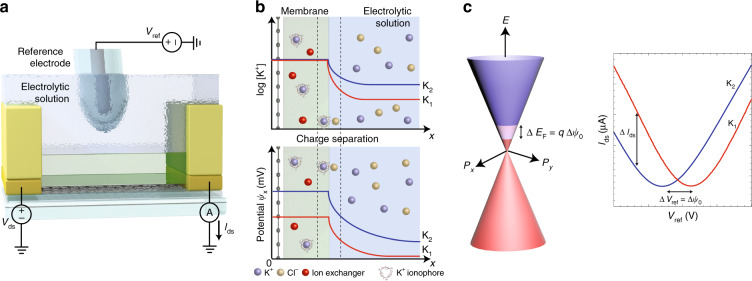Fig. 2. Graphene ISFET sensing mechanism.
a Electrical setup for measuring the current through the graphene channel Ids for different electrolytic solutions. Ids was monitored at a constant bias Vds, while the electrolytic potential was varied through the reference electrode Vref. b Mechanism of how changes in analyte concentration affects the ISFET surface potential. The concentration of the target ion is buffered to a constant, and a charge separation layer appears at the membrane/electrolyte interface. A potential difference appears across the interface due to the difference in ion concentration between the membrane and the bulk solution. c A change in surface potential leads to a direct shift in the graphene Fermi level and is translated to a shift in the ISFET transfer curve.

